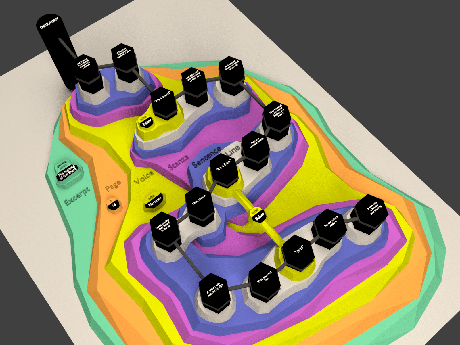XML Prague 2017 Videos
Need reasons for your attending XML Prague 2018?
The XML Prague 2017 YouTube playlist has twenty-one (21) very good reasons (videos). (You may have to hold the hands of c-suite types if you share the videos with them.)
Two things that I see missing from the presentations, security and offensive use of XQuery.
XML Security
You may have noticed that corporations, governments and others have been hemorrhaging data in 2017 (and before). While legislators wail ineffectually and wish for a 18th century world, the outlook for cybersecurity looks grim for 2018.
XML and XML applications exist in a law of the jungle security context. But there weren’t any presentations on security related issues at XML Prague in 2017. Are you going to break the ice in 2018?
Offensive use of XQuery
XQuery has the power to extract, enhance and transform data to serve your interests, not those of its authors.
I’ve heard the gospel that technologists should disarm themselves and righteously await a better day. Meanwhile, governments, military forces, banks, and their allies loot and rape the Earth and its peoples.
Are data scientists at the NSA, FSB, MSS, MI6, Mossad, CIA, etc., constrained by your “do no evil” creeds?
Present governments or their successors, can move towards more planet and people friendly policies, but they require, ahem, encouragement.
XQuery, which doesn’t depend upon melting data centers, supercomputers, global data vacuuming, etc., can help supply that encouragement.
How would you use XQuery to transform government data to turn it against its originator?



